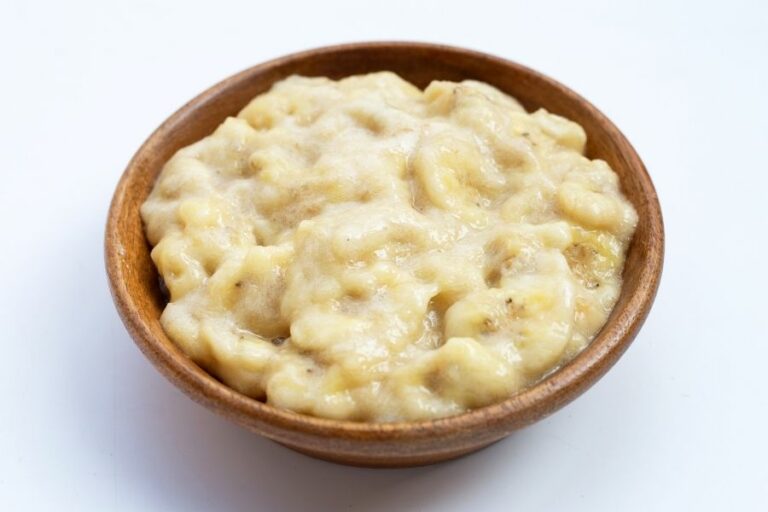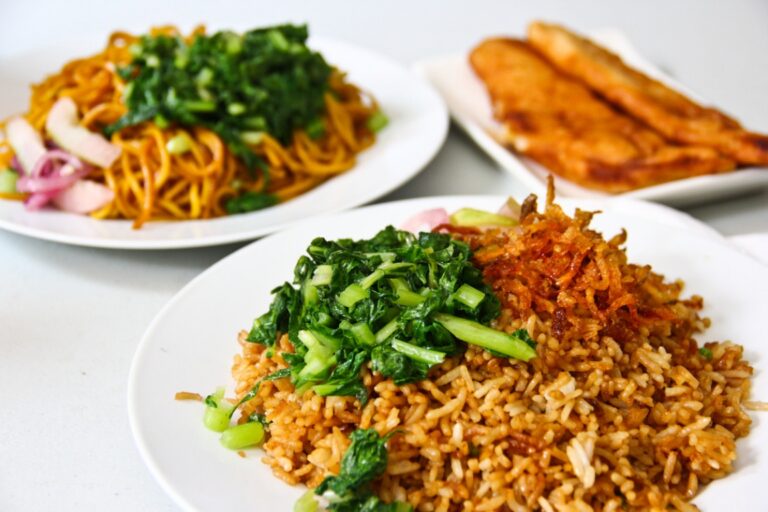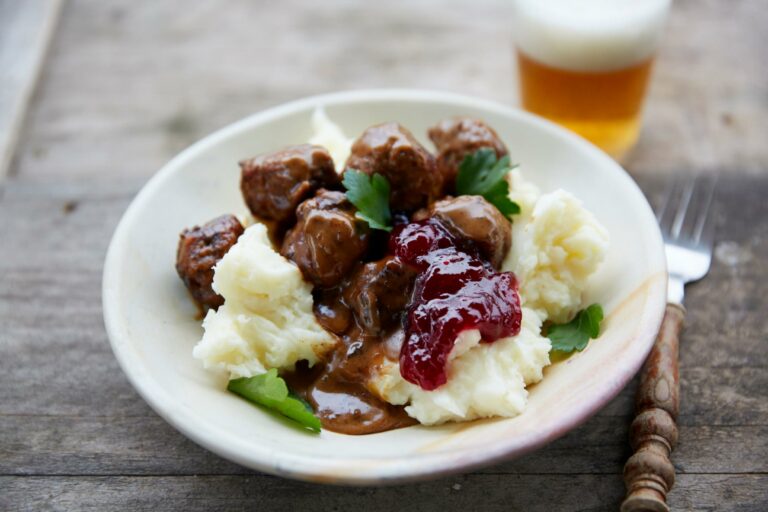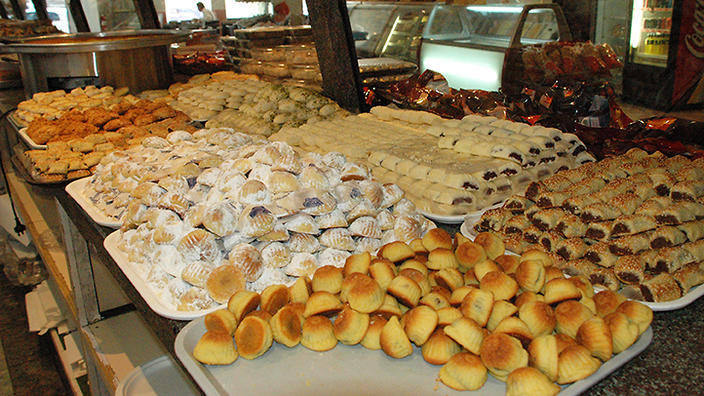Introduction: The Moorish and Mediterranean Influence on Spanish Cuisine
Spanish cuisine is a melting pot of different culinary traditions, shaped by centuries of cultural exchange and historical events. The Moorish invasion of Spain in the 8th century and the subsequent centuries of Muslim rule had a profound impact on Spanish cuisine, introducing new ingredients, spices, and cooking techniques. The Mediterranean influence, on the other hand, is rooted in the geographical proximity and historical trade relations between Spain and the countries bordering the Mediterranean Sea.
1. Traditional Spanish Dishes with Moorish Roots
One of the most emblematic dishes of Spanish cuisine with Moorish roots is the Andalusian dish of albondigas, or meatballs. The dish was originally brought to Spain by the Moors and is now a staple in Spanish cuisine. It is made with a combination of ground beef, breadcrumbs, garlic, and spices, and is served in a tomato-based sauce.
Another dish with Moorish origins is the popular Spanish dessert of turrón, a type of nougat made with almonds and honey. Turrón was introduced to Spain during the Moorish period and has since become a beloved holiday treat in Spain and other Spanish-speaking countries.
2. Arroz con Pollo: A Mediterranean-Inspired Dish
Arroz con pollo, or chicken with rice, is a classic Spanish dish that has its roots in Mediterranean cuisine. The dish is made by sautéing chicken pieces with onions, peppers, and garlic, then adding rice and chicken broth and cooking until the rice is tender. Arroz con pollo is a comforting and hearty dish that is popular throughout Spain and the Spanish-speaking world.
3. Gazpacho: A Refreshing Andalusian Soup
Gazpacho is a chilled soup that originates from the southern region of Andalusia. The soup is made with a blend of fresh vegetables, including tomatoes, cucumbers, peppers, and onions, as well as bread, olive oil, and vinegar. Gazpacho is a refreshing and healthy dish that is perfect for hot summer days.
4. Tortilla Española: A Hearty Omelet with Arab Roots
Tortilla española, or Spanish omelet, is a simple but delicious dish that has its roots in Arab cuisine. The omelet is made with potatoes, onions, and eggs, and is often served as a tapa or small plate in bars and restaurants throughout Spain. Tortilla española is a hearty and satisfying dish that is perfect for breakfast, lunch, or dinner.
5. Paella: A Classic Spanish Rice Dish with Moorish and Mediterranean Influences
Paella is perhaps the most famous dish in Spanish cuisine and is a classic example of the Moorish and Mediterranean influences on Spanish cooking. The dish is made with rice, saffron, and a variety of meats and vegetables, and is traditionally cooked in a large, shallow pan over an open flame. Paella is a complex and flavorful dish that is enjoyed throughout Spain and around the world.
Conclusion: Exploring the Diversity of Spanish Cuisine through Moorish and Mediterranean Influences
Spanish cuisine is a fascinating blend of different culinary traditions, shaped by centuries of history and cultural exchange. The Moorish and Mediterranean influences on Spanish cooking are particularly rich and have given rise to many beloved dishes, from albondigas to paella. By exploring these cuisines, we can gain a deeper appreciation for the diversity and richness of Spanish cuisine.










